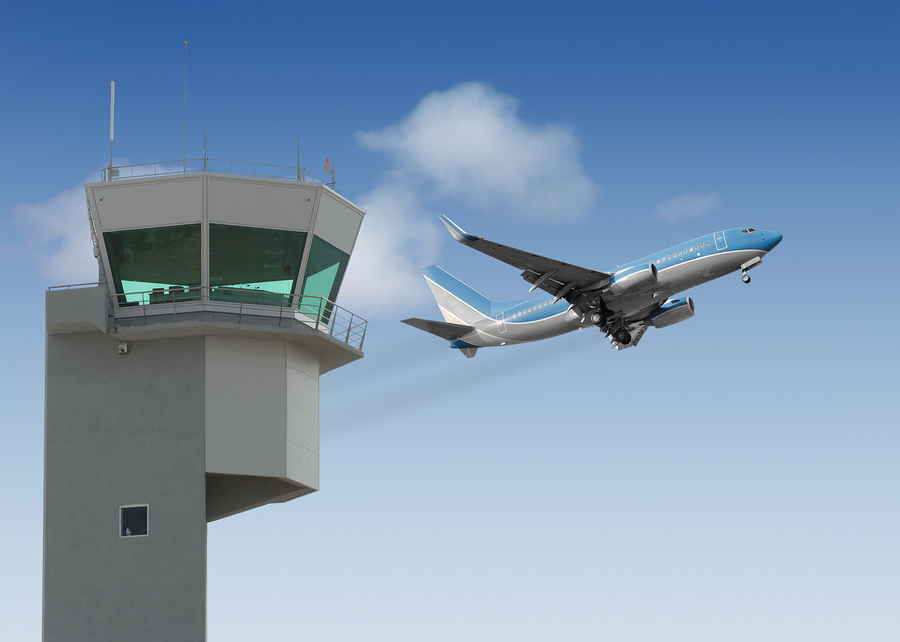The time seems to have finally come for air traffic controllers to modernize their pilot communication systems. Although innovations have been rare in this profession for more than 60 years, they are now becoming pressing to respond to ever-growing air traffic, due in particular to the lack of construction of new airports.
Portrait of the current situation
The role of the air traffic controller is crucial. From the top of his air traffic control tower, he gives pilots authorizations for take-off and landing as well as for taxiing to or from their parking position. To do this he relies on the radar system (avant-garde during World War Two) as well as the secondary radar system, which operates with transponders, which are installed on the aircraft and send a response when interrogated by radio. This device allows aircraft to be identified by radar and avoid collisions. However, these procedures do not always address the complexity of the problems that confront the air traffic controller: vision obstructed by the presence of various buildings or by poor weather conditions, communication impaired by pilotless aerial vehicles (such as drones) whose latency to the communication network is deplorable. With this in mind, the aeronautical sector is giving itself innovative technological means so that air traffic controllers are able to manage constantly growing traffic with a constant concern for safety.
Resources up to the challenge
Based on connectivity, air traffic control is equipped with new computer systems to provide its staff with ever-more accurate information in an ever-shorter time frame, from communication, navigation and monitoring tools.
Information about each flight (speed, altitude, destination, call sign, etc.), which were recorded on flight progress strips by the air traffic controller after a telephone conversation with the pilot can now be automatically retrieved using the Extended Computerized Display System (EXCDS). The London airport was the first to deploy this system in March 2015, and it has reduced the air traffic controller’s workload, allowing him to concentrate more on the approach phase that is facilitated by the various details of information collected. In addition, some airports – such as Singapore and London – have remote digital towers to optimize visibility. For example, masts equipped with cameras and microphones transmit data and even images augmented by radar beacons to a control tower, which can be located hundreds of kilometres away.
Thanks to the automated collection of data, the number of collisions is decreasing (improved communication between pilots), take-off and landing phases are more precise (air traffic controllers are relieved from certain tasks), fuel consumption is reduced (analysis and redefinition of flight paths). However, let us remember that this increasing computerization can be gamed by hackers and that steps must be taken to prevent cyberattacks from undermining it, even for only a few hours.
